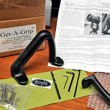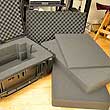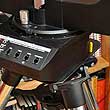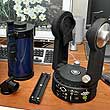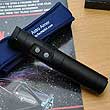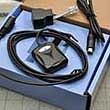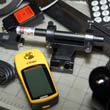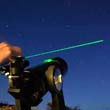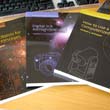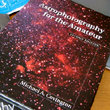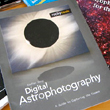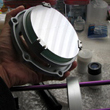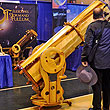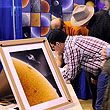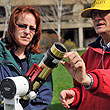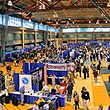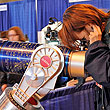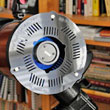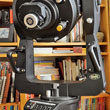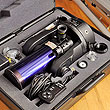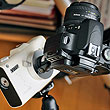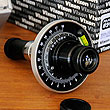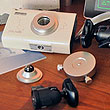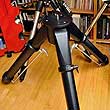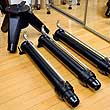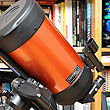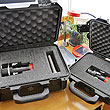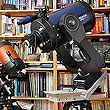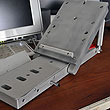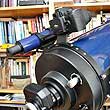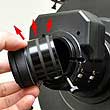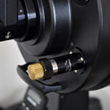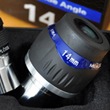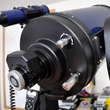We posted a FirstLook of the Tristand a few weeks ago. We have been wanting to take the tripod out for its FirstUse, but the New England weather has not been cooperative. Our opportunity came last Thursday night with the Harvest Moon. The moon was huge, the night was still warm, and the sky was completely clear. We could not have asked for better conditions to try out the new-to-us Questar Tristand!!!
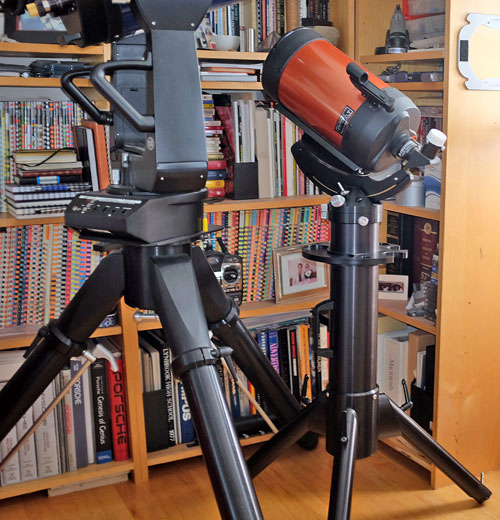
When we saw how bright the moon was, we wanted to get some shots of it. We have taken closeup photos of the moon before and it was not difficult. The last time we did it, we mounted the body of a DSLR to the rear of the scope. That setup meant we could not use autofocus or any of the other features of the camera. This time, we thought we would try a different technique using just the point-n-shoot Fujifilm X100S.

The technique of shooting into the eyepiece is call afocal astrophotography. The afocal method is the easiest and simplest way to do astrophotography. It will work with any camera (film, digital, cellphone). The camera only needs to be positioned so that it is pointed at the eyepiece of the telescope. Another nice feature of shooting through the eyepieceis that the autofocus mode of the camera can be used.
Readers who want to learn more about astrophotography can check out Stephan Seip's Digital Astrophotography: A Guide to Capturing the Cosmos . It is an excellent guide for beginners to the subject. . It is an excellent guide for beginners to the subject.

As we had never tried the afocal technique before, we had a few questions: Would there be any wobbling if we didn't mount the camera? Would the OTA move if we placed a camera right on the eyepiece? Afocal photography is not normally done freehand because of low-light issues, but with a full moon, it was bright enough that not only was it possible, we had to actually dial down the auto exposure to make it work! These Harvest Moon photos were taken in front of the RainyDayMagazine office with the Fujifilm X100S camera looking into the eyepiece of the telescope...not bad for handheld shots :-)
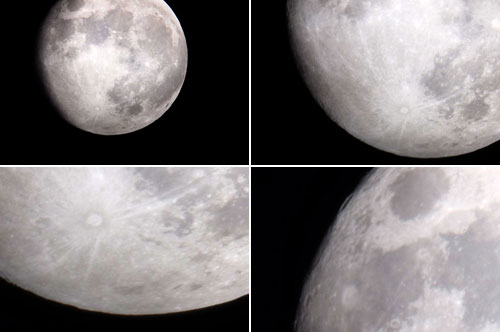
We know that we only see one side of the moon, but we never really thought about why that was. We recently learned that it was because, from the Earth's perspective, the moon doesn't spin at all. It did in the past, but eventually its position came to be held in place by Earth's gravitational pull. It is kind of a cool fact, but it is a bummer that we won't see first hand what the other side looks like until space travel becomes common place. However, if you really want to see it now , here is a link to sequence of images taken by NASA's Lunar Reconnaissance Orbiter Camera (LROC). Or you could just listen to Pink Floyd's The Dark Side of the Moon, although that album might not be as accurate as the NASA site...
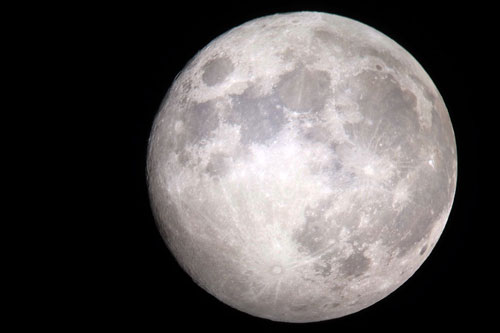
The FirstUse of the Questar Tristand showed us that this tripod is everything we thought it would be. It was easy to transport, quick to setup, and rock solid in use. The knobs were placed where we could easily find them. The movement was smooth and there was no play. We can't wait to see how it will fare when the C6 OTA is loaded up with the Starizona Hyperstar lens and the Starlight H9C camera :-) [Permalink] - Questar Tristand FirstUse
|

